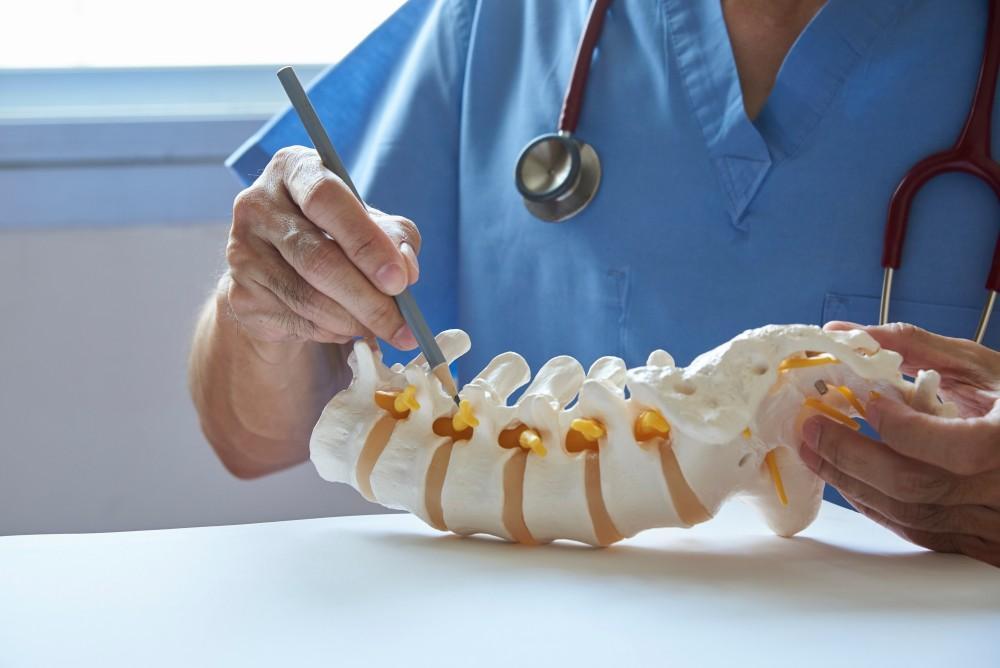
4 Subtle Signs of Sciatica

Sciatica is defined as any pain that radiates (radiculopathy) from the back down into the leg. However, it more accurately translates to pressure on the sciatic nerve’s spinal root, leading to pain, numbness, and weakness that travels from the lower back through the buttocks and down the outside of the leg into the foot. It affects some 40% of Americans during their lifetimes.
At Vertrae®, board-certified neurosurgeon Dr. Kamal R. Woods and his team know how painful sciatica can be and how it can interfere with your daily activities. That’s why they offer a number of conservative and surgical treatment options. And while some of the condition’s symptoms are well known, there are some subtle signs that can tell you that you should seek medical attention.
Your sciatic nerve
The sciatic nerve is the longest nerve in your body. Its root lies at the L4-L5 vertebral junction in the lumbar (lower back) spine, and the long axon exits the spinal canal there. The nerve splits into two branches near the tailbone, one for each side of the body, and they each extend into their respective feet.
Causes of sciatica
Any number of problems can “pinch” the nerve or nerve root. Spinal stenosis, a spinal canal narrowing, leaves little space for the nerves, and the bones can compress the root. A narrowing of the opening (foramen) at the L4-L5 junction can also put undue pressure on the nerve as it passes through.
Two of the most common causes, though, come with aging. The first is herniated discs, where the cushiony disc material between the bony vertebrae loses moisture and flattens out or ruptures. A flattened disc, or a herniation that allows the inner disc gel to push into the spinal canal and on the nerve root, leads to sciatica symptoms.
The second cause is bone spurs, growths that develop on the bones when their protective cartilage experiences wear-and-tear damage, allowing the vertebrae to rub against each other. Those bony growths also push into the canal, pinching the nerve root.
Common sciatica symptoms
Sciatica produces a number of symptoms, most commonly pain and pain that travels down the length of the nerve. It can be dull and achy or like an electric shock that gets triggered by such seemingly unrelated things as coughing, sneezing, or bending/lifting your legs upward while on your back. It can also be short-lived or become a chronic condition that’s resistant to treatment.
Another common symptom is the “pins and needles” (paresthesia) sensation, similar to when your leg falls asleep if you sit cross-legged too long.
Numbness is a complication that occurs when you cannot feel any sensation on the skin of the affected areas of your back or leg. It’s due to signals from the nerve no longer being able to reach the brain.
Muscle weakness is a more severe symptom that rounds out the most common symptoms. It means that commands sent to your muscles telling them to contract are partially or totally unable to reach their destinations in your back or legs.
4 subtle signs of sciatica
While some symptoms are readily apparent, others aren’t, but it’s important that you know how to identify them so you can get the proper medical attention. These include:
- Burning with urination or blood in your urine
- Pain that’s worse when you lie down or awakens you at night
- Urinary and/or fecal incontinence
The fourth sign is an extension of the muscle weakness we talked about above. If there’s serious damage to the sciatic nerve, you may experience chronic muscle weakness that impairs your ability to lift your feet up to walk. This condition is known as “drop foot” because the foot drags on the ground.
If it’s not treated, sciatica can also potentially cause permanent nerve damage, accompanied by a loss of feeling in the affected legs.
Are you experiencing the signs of sciatica but don’t know what to do to relieve your pain? Vertrae® can help. To learn more or schedule an evaluation with Dr. Woods, call us at our Dayton or Springfield, Ohio, location or book online with us today.
You Might Also Enjoy...


5 Common Signs of a Compression Fracture

Using Your Own Platelet-Rich Plasma to Alleviate Your Back Pain

A Closer Look at Your Sacroiliac Joint

4 Benefits of Outpatient Spine Surgery

